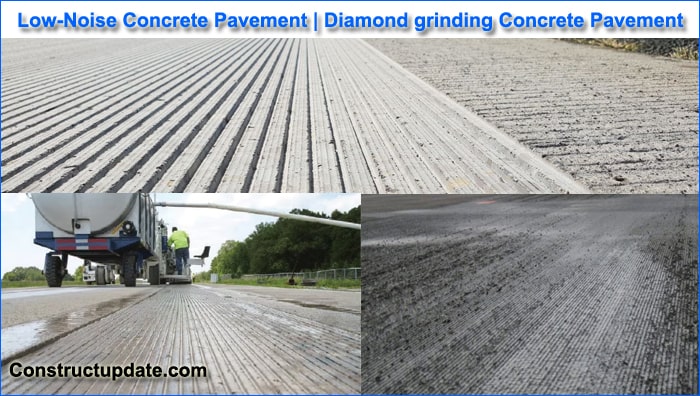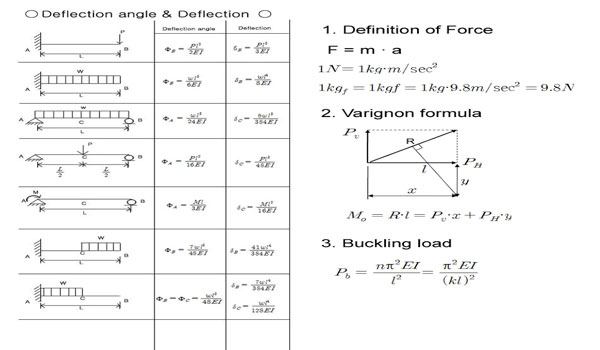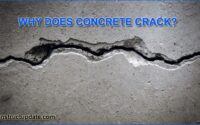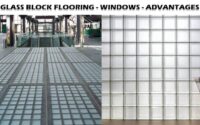All about Low-Noise Concrete Pavement | Quite Concrete Pavement Advantages
There will be noise when a car moves on any kind of pavement surface. The surface finish, not the material used to make it, determines the sound level most significantly.
All surface textures emit a sound that varies in quality. In a spectrum of sound pressure levels up to 16 dBA, different concrete pavement textures differ. This is significant because sound appears twice as loud to the human ear when its volume is increased by 10 dBA.
Noise and environmental pollution can both be reduced by concrete pavements thanks to their adaptability. To reduce traffic noise while maintaining the friction required for addressing the many driving conditions that bad weather can produce, virtually any surface texture can be developed.
According to the Environmental Policy of the Federal Highway Administration (FHWA), there are two things that can permanently affect noise:
- Barriers such as sound walls, and
- Separating the noise source from nearby residences and businesses.
Note: The noise difference in pavement type is undetectable to the human ear at distances of more than 500 feet (3 dBA).
Roadway engineers must combine noise concerns with life-cycle costs and conventional specifications for sufficient surface friction (safety), long-lasting pavement, and ride quality.

What is Low-Noise Concrete Pavement?
The FHWA previously required concrete pavements to have transverse tined textures. Tire whining tone spikes were produced by this texturing approach. The FHWA now permits additional concrete surface textures that might lessen tyre whining. Additionally, concrete pavement contractors often surpass the strict requirements for smoothness set forth by state agencies.
The excellent low-noise concrete textures include:
- Longitudinal tining
- Turf-drag
- Diamond grinding
With just about any texturing method, motorists across the country can experience a secure, comfortable, and quiet ride on concrete pavements. Additionally, drivers can enjoy these pavements for many years before maintenance is required due to concrete’s durability.
Taxpayers and property owners need to be sure they are receiving long-term solutions rather than just fast fixes that lose their potency.
What is Diamond Grinding Pavement?
Using diamond grinding, a worn or somewhat uneven surface on concrete pavement can be renewed. Some pavement flaws, such as joint problems brought on by slight pavement settlement, worn pavement from tyre rutting, warped slabs, and a rough surface texture, may be removed or reduced by diamond grinding.
Pavement that has been diamond ground has a smoother surface and provides superior ride quality. In the process of diamond grinding, a machine (seen above) moves a revolving cutting head across the pavement surface while moving in one direction. The cutting head of the grinding head is made up of a collection of tightly spaced, diamond-tipped saw blades and spacers. The grinding head normally has 50 to 60 saw blades per foot of the drumhead length, is 3 to 4 feet broad, and 12 to 18 inches in diameter.
The quantity of blades, the thickness of the spacers, and the machine speed all influence the desired surface texture. These factors vary from project to project based on the outcome the owner wants and the goals of the repair.
The depth of the grinding is adjusted by the operator to provide the desired results, but it typically ranges from a half-inch to a quarter-inch. The machine has a vacuum system built in to collect the slurry made during the grinding process as well as the water used to cool the cutting head. The slurry is then either released next to the pavement being ground or pumped into a tanker and driven away from the construction site to a suitable disposal area.
Advantages of Low-Noise Concrete Pavement
- Decreased Noise
- Good Ride Quality
- Increased Safety
- Low Initial Cost
- Low Maintenance Cost





